A few months ago my kid sister called. I call her my kid sister even though she is now 27 years old, but she will always be my kid sister. She called asking if I had any ideas for a tamarind dessert. I quickly thought of a tamarind curd tart. I sent her a few recipes to patch together and give her an idea of how to prepare it. She later called me declaring it a success. I thought I should give it a whirl.
If you don’t know what a tamarind it let me describe it quickly for you. They may look like something that just came off some alien spacecraft, but trust me they are tasty. These pods grow from a tamarind tree. The flesh inside the pods is dark and has a sweet/tart flavor to it. My husband loves tamarind juice. I like to eat them straight up. They don’t look very pretty but they taste awfully delicious.
Let’s begin with the crust. In the food processor combine flour, powder sugar and salt, pulse 1 or 2 times to combine the ingredients. Add 1/2 cup of cold butter cut in pads.
Pulse processor about 5 times or until the mixture resembled parm cheese.
In a small bowl beat together egg yolks, cream and almond extract. With the processor running, drizzle in beaten egg yolks, cream & almond extract mixture.
Pulse just until the mixture comes together in clumps.
Turn the dough out on a lightly floured surface. Working quickly press the dough into a ball.
Flatten the dough into a 6-inch disk and wrap with plastic wrap and refrigerate for at least 2 hours or overnight.
Now we step into a hot tub time machine and travel forward a few hours or 2 days into the future.
On a lightly floured surface roll out the disk from the center out in all directions. You want to roll out the dough 11 inches in diameter for a 9 inch tart pan.
Roll dough up on your rolling pin, lay dough into 9-inch-diameter tart pan with removable bottom. Seal any cracks in dough.
Gently press the dough into the pan.
Using rolling pin trim overhang. Pierce crust all over with fork. Freeze crust 10 minutes.
Line crust with buttered foil, buttered side down, then fill with dried beans or pie weights. Bake crust until sides are set, about 20 minutes. Remove foil and beans. Bake crust until sides are golden and bottom is set, pressing with back of fork if crust bubbles, about 10 minutes longer. Cool crust completely in pan on rack.
Shell the tamarind pods.
You will find a kind of branch or vein running down 3 sides. Peel and remove the veins.
A shelling aftermath.
Add the tamarind to a 5 quart pot.
Add 4 cups of water.
Bring to a boil, reduce heat to a simmer. Let it simmer, stirring occasionally until all the pulp releases from the seeds, about 10-15 minutes.
Pour though a fine mesh colander.
You are going to be left with lots of pulp and seeds. You should end up with approximately 2 cups of tamarind nectar.
Whisk together lemon zest and tamarind nectar, sugar, cornstarch, whole eggs, and yolks in a medium saucepan and bring to a boil over medium heat, whisking constantly. Boil, whisking, 2 minutes until it thickens.
Remove from heat and whisk in cubed butter until smooth.
Pour tamarind curd into cooled shell and chill until set, at least 2 hours.
Cut yourself a slice and enjoy. It will be sweet, tart and creamy cradled in a flaky almond scented crust. You will have some leftover nectar. You can a) make another tart or b) chill it over ice and enjoy.
Excuse me while I seat this slice you see right here. Nom, nom, nom….
Tamarind Curd Tart (Adapted from Gourmet & William-Sonoma Tools & Techniques) Makes for one 9 1/2 inch tart
Crust
- 1 1/4 cups flour
- 1/2 cup powder sugar
- 1/4 tsp salt
- 1/2 cup cold unsalted butter
- 2 lg egg yolks
- 1 Tbs heavy cream
- 1 tsp almond extract
Curd
- 1 lb tamarind
- 4 cups water
- zest of 1 lemon
- 3/4 cup granulated sugar
- 2 teaspoons cornstarch
- 2 whole large eggs plus 2 large yolks
- 1/2 stick unsalted butter, cut into 1/2-inch cubes
Crust:
In the food processor combine flour, powder sugar and salt, pulse 1 or 2 times to combine the ingredients. Add 1/2 cup of cold butter cut into pads. Pulse processor about 5 times or until the mixture resembled parm cheese. In a small bowl beat together egg yolks, cream and almond extract. With the processor running, drizzle in beaten egg yolks, cream & almond extract mixture. Pulse just until the mixture comes together in clumps. Turn the dough out on a lightly floured surface. Working quickly press the dough into a ball. Flatten the dough into a 6-inch disk and wrap with plastic wrap and refrigerate for at least 2 hours or overnight.
Curd:
In a 5 quart pot add shelled tamarind and 4 cups of water. Bring to a boil, turn down heat and let simmer, stirring occasionally. Continue to simmer until the flesh falls from the seeds. Strain the tamarind nectar through a fine mesh colander, you should finish with 2 cups of nectar.
Whisk together lemon zest and 3/4 cup of tamarind nectar, sugar, cornstarch, whole eggs, and yolks in a medium saucepan and bring to a boil over medium heat, whisking constantly. Boil, whisking, 2 minutes.
Remove from heat and whisk in butter until smooth.
Tart:
Position rack in center of oven and preheat to 375°F. Roll out chilled dough on floured sheet of parchment paper to 12-inch round. Roll dough up on your rolling pin, lay dough into 9-inch-diameter tart pan with removable bottom. Seal any cracks in dough. Gently press the dough into the pan. Using rolling pin trim overhang. Pierce crust all over with fork. Freeze crust 10 minutes.
Line crust with buttered foil, buttered side down, then fill with dried beans or pie weights. Bake crust until sides are set, about 20 minutes. Remove foil and beans. Bake crust until sides are golden and bottom is set, pressing with back of fork if crust bubbles, about 10 minutes longer. Cool crust completely in pan on rack.
Pour tamarind curd into cooled shell and chill until set, at least 2 hours.
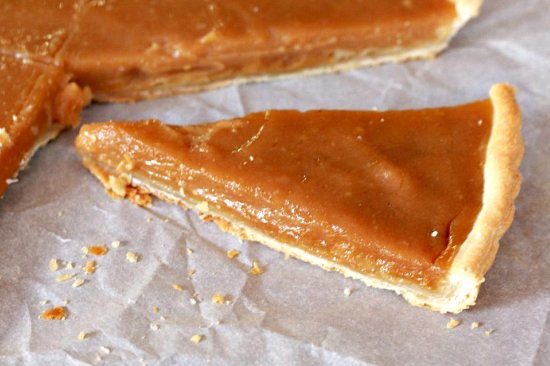
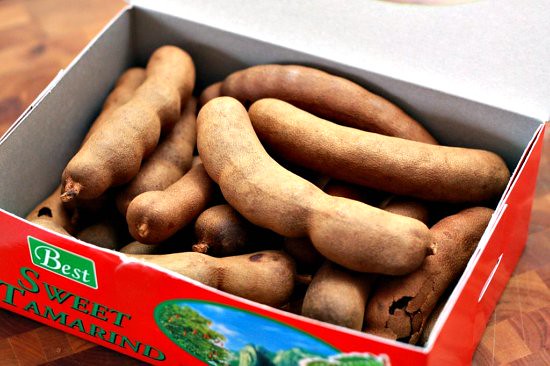
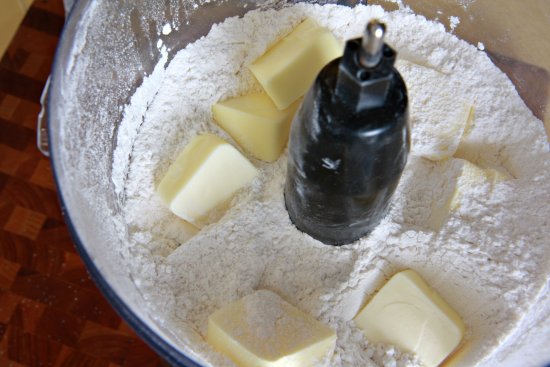


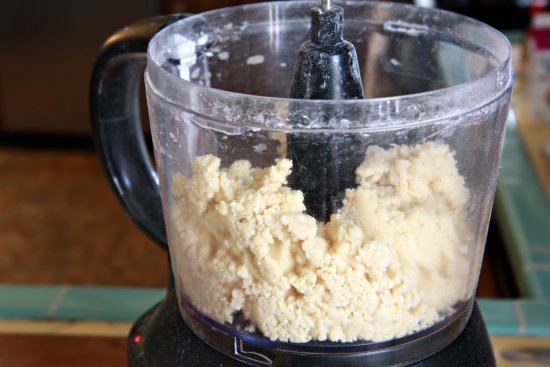
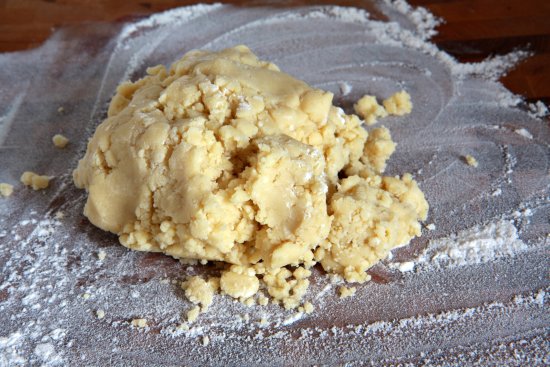

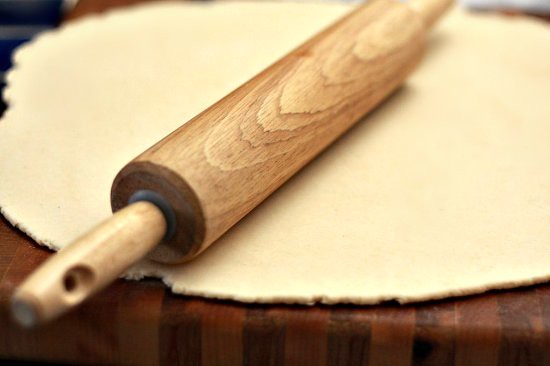
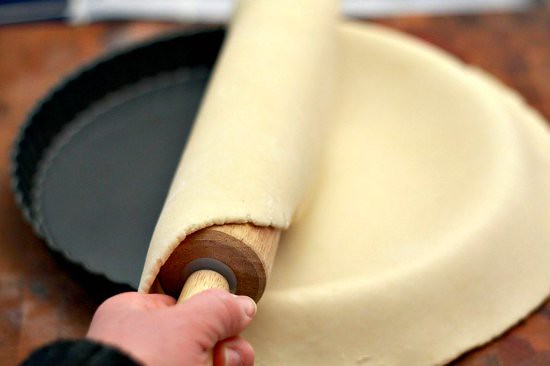
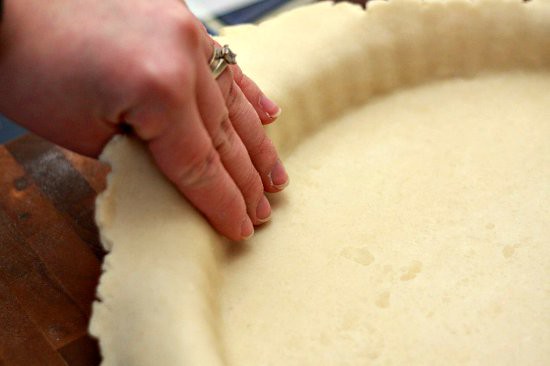
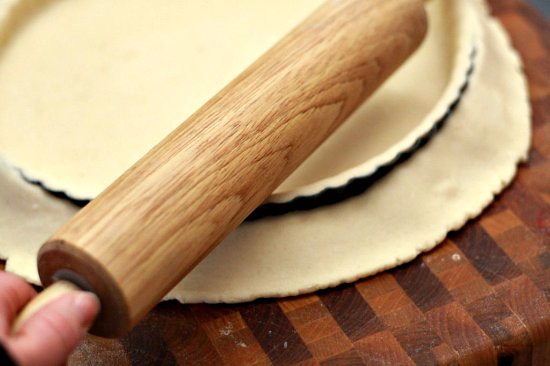
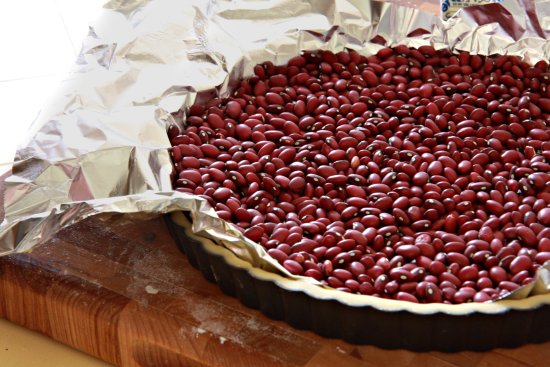
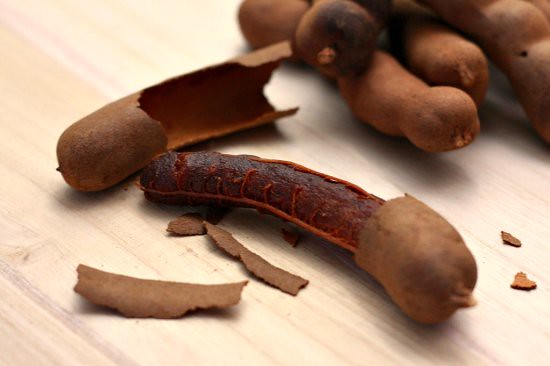
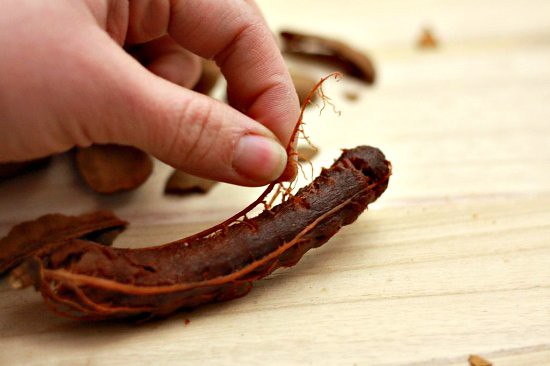

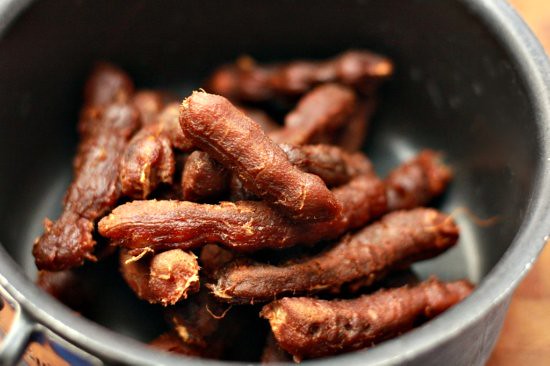
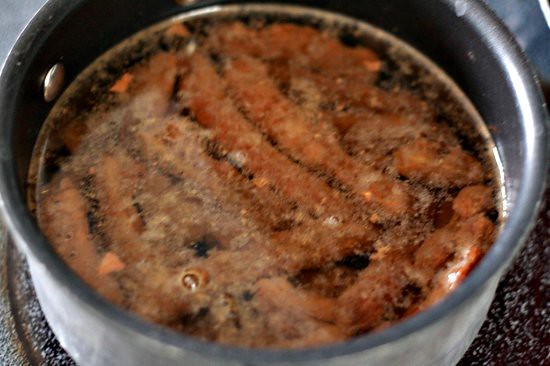
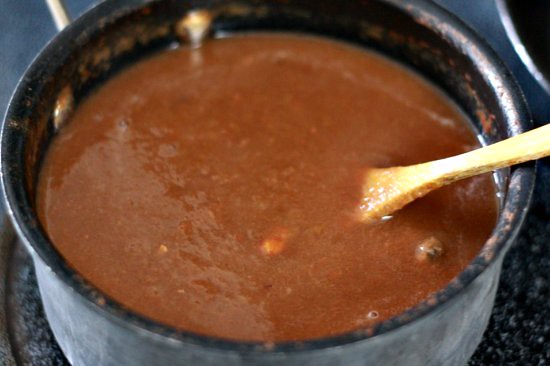
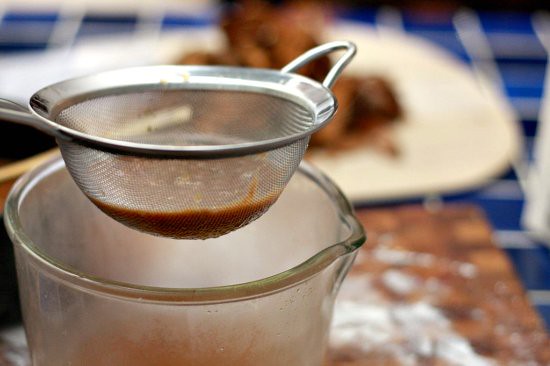
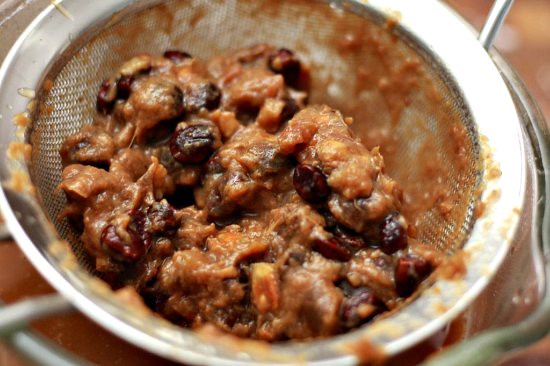
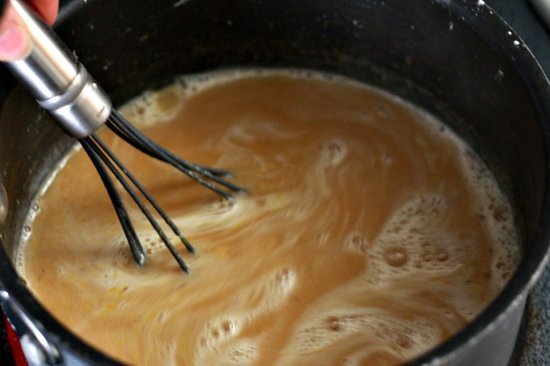
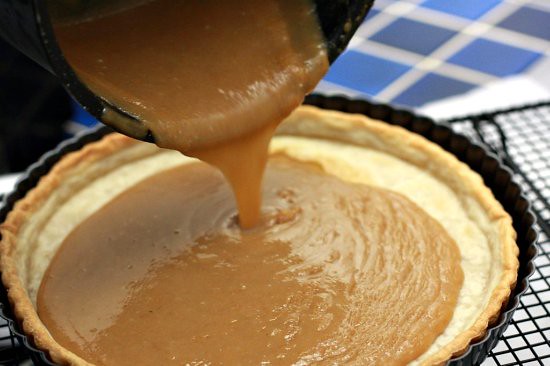
This curd looks amazing and may work for a cake I want to try. I do wonder though: if I poured it in a bowl to cool and then scooped it onto my cake, would it still be smooth or would it be set like it is on the tart?
I have not tried it but in theory, it should work. 😀
Hi! Do you think I could make this a day ahead?
Whats the conversion rate to make this from tamarind extract?
I love the taste of Tamarind. I Purchased some once but didn’t know how to clean or use them. How in the world do you get the outside skin off? They are so sticky and the skin breaks so easily and then the small pieces are hard to get off. Perhaps you choose fruit that has a puffy skin that is not stuck down to the inside??? Do you soak them? Please give me some tips. Thanks in advance for your assistance and information. The recipe sounds delicious and I’m looking forward to trying it.
I got a tart baking dish for Christmas from my wife’s cousin. The cook book that came with was entirely in French however, and my French doesn’t extend beyond “more wine please” and “the cheap stuff is fine after the second bottle”. So, I am excited to try your step by step method here.
Even though tamarind are easily found in Puerto Rico, me lazy(!), wondered if instead of all the process very well documented, can I use tamarind concentrate (frozen) juice?
Yes, I think you should be fine using a concentrate. I prepared it this way because the juice that I could get was too watery and the flavor didn’t come through a concentrate may work better.
awesome! As a kid I often eat tamarind, but NEVER in a cake!!
Very Interesting..where do Tamarind’s grow??
Tamarind grows back home in Puerto Rico but you can find it in many warm climate areas. Tamarindus is indigenous to tropical Africa, particularly where it continues to grow wild in Sudan; it is also cultivated in Cameroon, Nigeria and Tanzania. In Arabia it is found wild growing in Oman, especially Dhofar, where it grows on sea-facing mountains. It reached South Asia likely through human transportation, and cultivation several thousand years prior to the Common Era. It is widely distributed throughout the Tropical belt, from Africa to South Asia, and throughout South East Asia, Taiwan and as far as China. In the 16th century it was heavily introduced to Mexico, as well as South America, by Spanish and Portuguese colonists, to the degree that it became a common ingredient in everyday living.
One of the first tamarind trees in Hawaii was planted in 1797. Source Wikipedia
Thanks for taking the time to look up the info…Maybe next time I am in Puerto Rico i will impress people with this!!!
Also U can make a Limber from the left over juice 🙂 like my suegra does!